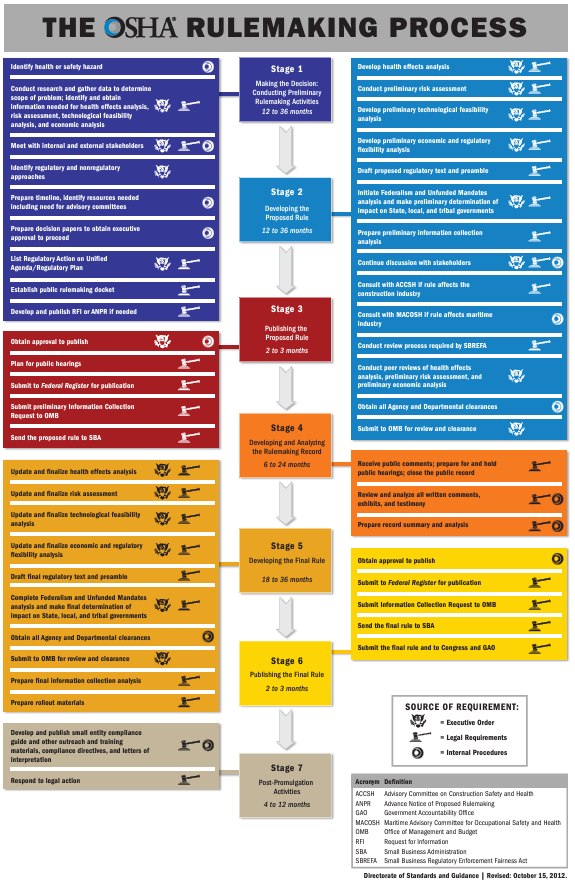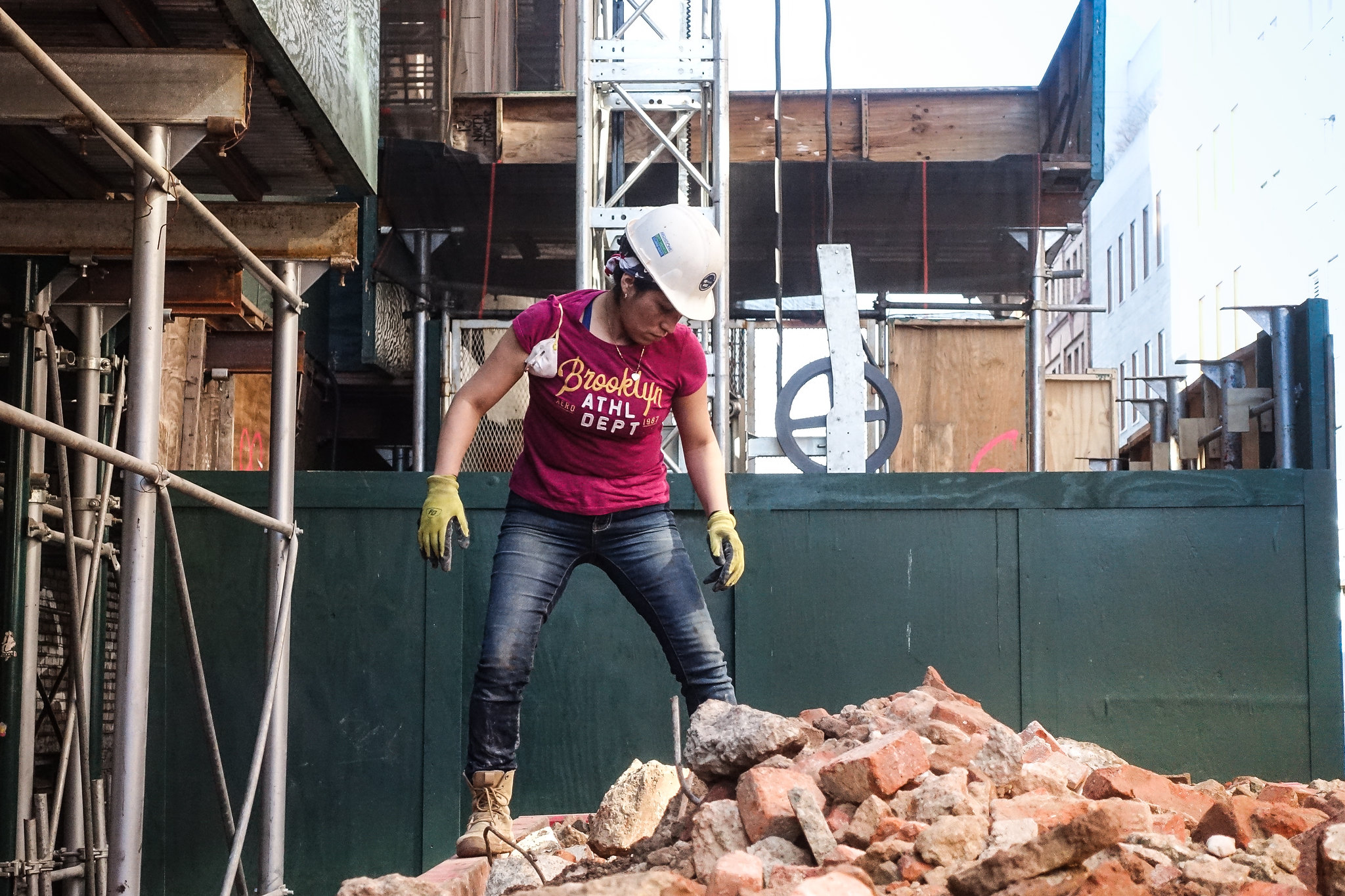The planet is migrating toward heat waves too intense for humans to survive. In July 2024, scientists logged the four hottest days ever recorded, even as a monster typhoon emerged in the rapidly warming Pacific Ocean and thousands fled Jasper, Canada ahead of wildfires spanning 139 square miles.
Global temperatures have already risen by 2ºF and the scientific debate is now preoccupied with how fast heat waves are accelerating in the absence of any effective effort to mitigate them. Even as scientists are preoccupied with the impact of climate change on natural resources, no one suffers more than workers picking crops or building roads and buildings in the devastating heat.
Occupational health and safety experts recognized that working in high temperatures is a serious problem long before climate change emerged as an existential threat. Five decades ago, NIOSH recommended action and OSHA responded with education and a smattering of enforcement under the general duty clause. This year, President Biden’s determination to announce a new round of climate change reforms gave OSHA the opportunity to issue a Notice of Proposed Rulemaking (NPRM) setting limits on how much heat workers must endure without opportunities for hydration and cooling during rest breaks. OSHA said:
The proposed rule would require employers to develop an injury and illness prevention plan to control heat hazards in workplaces affected by excessive heat. … [T]he plan would require employers to evaluate heat risks and — when heat increases risks to workers — implement requirements for drinking water, rest breaks and control of indoor heat.
The Washington Post estimates that the proposal will help 500,000 agricultural workers and 4.3 construction workers, not to mention workers in other industries from transportation to food preparation.
Workers’ exposure to excessive heat where breaks and hydration are inadequate cause heat stroke and other illnesses that are fatal or trigger serious damage to organs and muscles. Mental confusion caused by heat stroke instigates falls, burns, and machinery injuries. The Bureau of Labor Statistics (BLS) has reported hundreds of fatalities over many years, but these numbers depend on logs required by OSHA and completed by employers. OSHA’s difficulty enforcing recordkeeping requirements results in drastic undercounts. As just one example, a peer-reviewed article published in 2014 found that BLS missed 73.7% of crop farm injury cases and 81.9% of animal farm cases.
A Major Loophole
Unfortunately, the proposed rule has a major loophole that will become more serious as heatwaves become more frequent and intensify. It involves how employers where measure the “trigger” that will activate required actions that employers must take to protect workers. The proposed rule allows employers to choose whether to measure the trigger as the “heat index” or the “wet bulb globe temperature (WBGT).”
A few facts to set the stage: humans survive environmental heat by sweating because when the moisture evaporates it cools the body’s core temperature. High humidity prevents efficient moisture evaporation, so when sweating is impossible because humidity is high, the body’s core temperature rises rapidly. If core temperatures reach levels as high as 107-109º people die.
Scientists generally agree that at a temperature of 35ºC (95ºF), people can die after six hours exposure without mitigation. But other research suggests that depending on such conditions as the angles of the sun’s rays, humidity levels, and the movement of the ambient air, levels as low as 26ºC or 78ºF can cause death or irreversible injuries. For example, in June 2021, the Pacific Northwest experienced a heat wave that involved temperatures of 25ºC or 77ºF and resulted in the deaths of hundreds of people. In the end, given biological realities, whether the rule will be effective depends on how those temperatures are measured. In this context, wet bulb globe temperature measurements are far superior.
Wet bulb globe temperature, which is used by the military and athletic teams and was recommended by OSHA when it was educating rather than regulating, involves a far more accurate synthesis of heat stress on the human body because it includes the key factors that affect the human body when people are working in the sun: the angle of the sun at the time the temperature of the ambient air (radiant heat), the level of humidity, and wind speed. Everyone knows that the higher the humidity the more stifling the air and that even mild breezes moderate temperature and humidity. Working when the sun is directly overhead is significantly more uncomfortable than working at the beginning and the end of a day.
The heat index, while easier and cheaper to use, is measured by calculating only degrees and humidity as if a person is at rest in the shade with access to water. Radiant heat and wind are not factored in. OSHA acknowledges that giving employers a choice will mean that most will not use wet bulb global temperature equipment, but included the alternative to encourage those that already use it to continue.
What matters is not how hot the air is but how hot the weather is to a human body.
Heat indices are useful for people who are not engaged in strenuous work, either outside or inside in a space without adequate air conditioning. But if you are are among the categories of workers who must depend on OSHA to save their lives—the heat index won’t get the job done. Or, as Joseph Allen, director of the Healthy Buildings Program at Harvard University’s T.H. Cham School of Public Health wrote in The Washington Post, “As heat waves become more intense and more frequent because of climate change, we need to change the way we think about outdoor temperatures. What matters is not how hot the air is but how hot the weather is to a human body. For that, we need ‘wet-bulb globe temperature.’”
OSHA never explains why employers are given the ability to choose between the heat index and WBGT measurements, although the apparent reasoning is the added cost of equipment and training involved in using the WBGT method. Outdoor employers will have the less expensive option of monitoring local weather reports to check the heat index. But the distinction between heat index and wet bulb globe temperature weakens the rule.
Business Opposition
Marching (as usual) behind the convenient banner of OSHA’s great unfairness to small businesses, industry groups are in high dudgeon over the agency’s audacity, guaranteeing that if Donald Trump is elected president, the rule will vaporize. Even if Democrats keep the White House, years will pass before OSHA jumps all the hurdles in a ridiculously complicated rulemaking process. (See this flow chart the many hurdles the agency must surmount.)
Furthermore, the agency struggles because it is assigned a mammoth and vital job but must manage with drastically depleted funds. As Jordan Barab explained in his recent Congressional testimony, OSHA’s rulemaking budget is restricted to a paltry $20 million annually. Writing a single rule takes many years. OSHA must pick very carefully among the many hazards that deserve its attention. Blaming its staff for this sad state of affairs is ignorant and unfair.
Industry opposition, in this as in so many other contexts, is myopic, grounded in the conviction that strenuous lobbying and polarized politics will continue to immobilize OSHA. Amazing magical thinking underlies the business community’s scorched earth tactics. The reasoning appears to be that the costs of a deregulated world will somehow morph into profits even as heat disables many workers building roads and producing food.
Magical Thinking
OSHA too has fallen prey to its own brand of magical thinking. The phrase “climate change” does not appear in either the draft Federal Register notice or the economic analyses that accompany the proposal! How to parse this self-defeating demonstration of digging one’s institutional head deep into sand?
One possibility is that OSHA thinks that it must demonstrate that the rule addresses a “significant risk” by showing that harm is happening right now, as opposed to in the future. Bodies in the street become a prerequisite to action.
The phrase “climate change” does not appear in either the draft Federal Register notice or the economic analyses that accompany the proposal.
A second possibility for this omission is that having been beaten around the head and shoulders by the Supreme Court conservative supermajority when the agency tried to protect workers from COVID, staff are acutely afraid of a legal challenge. They may hope to placate Trump judges by omitting the provocative subject of the supposed climate change “hoax.” This reasoning too qualifies as magical thinking of a far more serious nature.
If civil servants throughout the government give up on the idea that they are writing rules and enforcing the law for the future, and not just to maintain the lowest possible profile if and when Trump is reelected, the people the law assigns them to protect will be well and truly sunk. And no amount of obeisance will slow such an enemy. Better to implement the law as it reads and if the agency loses, make clear what the stakes are when MAGA takes charge.
The good news is that OSHA has provided a 120 day comment period on the rule. (The comment period doesn’t begin until the official publication of the proposal in the Federal Register which has been delayed). Make your voice heard about the need for this standard, your experiences working in the heat and what the final standard should require.
